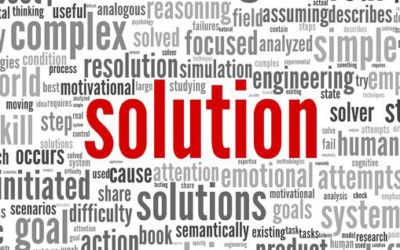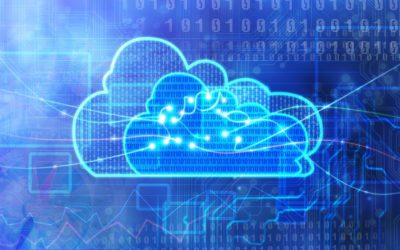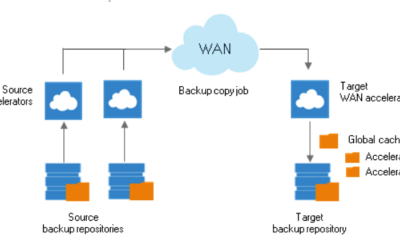Can you restore what you need to, right now?
Many companies have workloads in many places and in many forms. Split amongst virtual and physical, on-premises and cloud or multi-cloud, priority for these systems is keeping them running and available. Years ago, the “P2V conversion movement” dealt with transitioning aging physical servers into their new homes as virtual machines. This solved a number of problems, mostly hardware that was old, no longer supported, out of warranty, or simply “could not be turned off” for application reasons.
Fast forward many years, and the issue still lives. Industries, and customers, demand availability, no matter what the source. The question now becomes one of keeping things running no matter where they exist, specifically when you need to restore the system for some reason.
Can Veeam back up physical servers?
Veeam® Software, a leader in Cloud Data Management, and the pioneers of instant virtual machine recovery, provides the recovery solutions you need. Veeam started as a virtual-only solution but began offering agents for physical servers in 2017. Veeam has been able to restore any Veeam agent-based Windows into Hyper-V for a time now, but with Veeam Backup & Replication v10 released in February of this year, any Veeam-based backup of a workload can be restored as a VMware vSphere virtual machine. According to Veeam’s documentation, this includes:
- Backups of VMware vSphere virtual machines created with Veeam Backup & Replication
- Backups of vCloud Director virtual machines created with Veeam Backup & Replication
- Backups of Microsoft Hyper-V virtual machines created with Veeam Backup & Replication
- Backups of virtual and physical machines created with Veeam Agent for Microsoft Windows or Veeam Agent for Linux
- Backups of Nutanix AHV virtual machines created with Veeam Backup for Nutanix AHV
- Backups of Amazon EC2 instances created with Veeam Backup for AWS
- Backups of Microsoft Azure virtual machines created with Veeam Backup for Microsoft Azure
This solution utilizes Instant VM Recovery and a new instance of that system or workload can be up and running in a vSphere environment in minutes or even seconds, allowing you to P2V or even V2V systems easily and without additional hardware or cost, assuming you have a vSphere environment with sufficient resources available.
For Global Data Vault, this provides additional disaster recovery options and flexibility to benefit our customers.
More DRaaS & BaaS Articles
Fully Managed Backup and Disaster Recovery Solutions
Good technology just works – right? That’s right…until it doesn’t. We all know that even the best managed IT environments require careful attention to be sure that your tools work when you need them. Backup and disaster recovery are particularly critical – these...
Does Your Cloud Disaster Recovery Service Come with Hidden Fees?
When it comes to picking a cloud disaster recovery service provider, you can make an easy choice by simply picking the one with the lowest rates per GB, right? Not so fast. Even if a cloud disaster recovery provider quotes you mere cents on the dollar per GB, the...
What is Cloud Disaster Recovery (Cloud DR)?
What Is Cloud Disaster Recovery? Often shortened to Cloud DR, disaster recovery is a plan put into place in case a disaster hits. Cloud DR refers to the component in your disaster recovery plan that involves the use of a cloud backup environment. The Cloud Component...
WAN Acceleration for all Cloud Disaster Recovery Customers
Global Data Vault is adding “WAN Acceleration” for our customers with physical servers – we already provide this for virtual environments and the results have been terrific – in some cases data is now moving 50 times faster. So now we’re adding it for all of our Cloud...




0 Comments